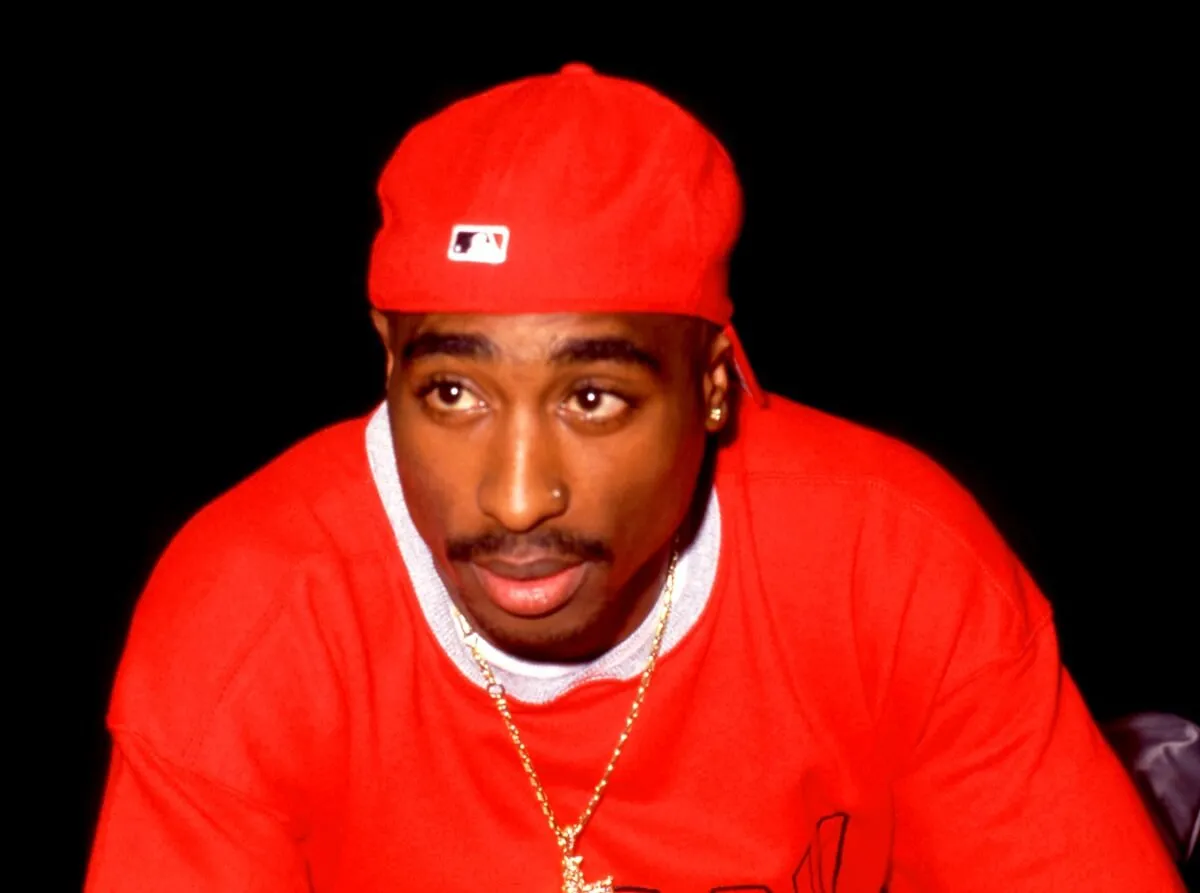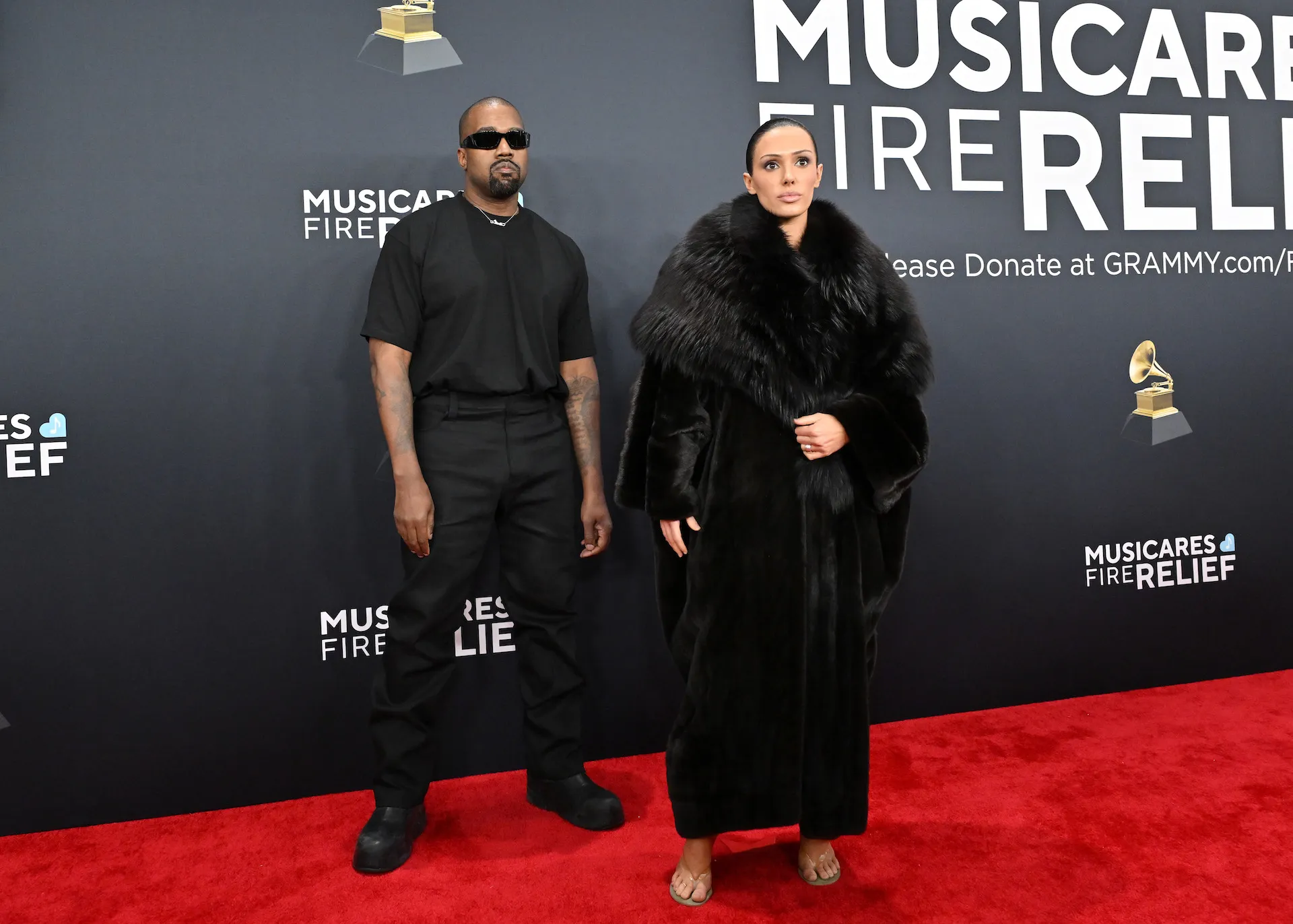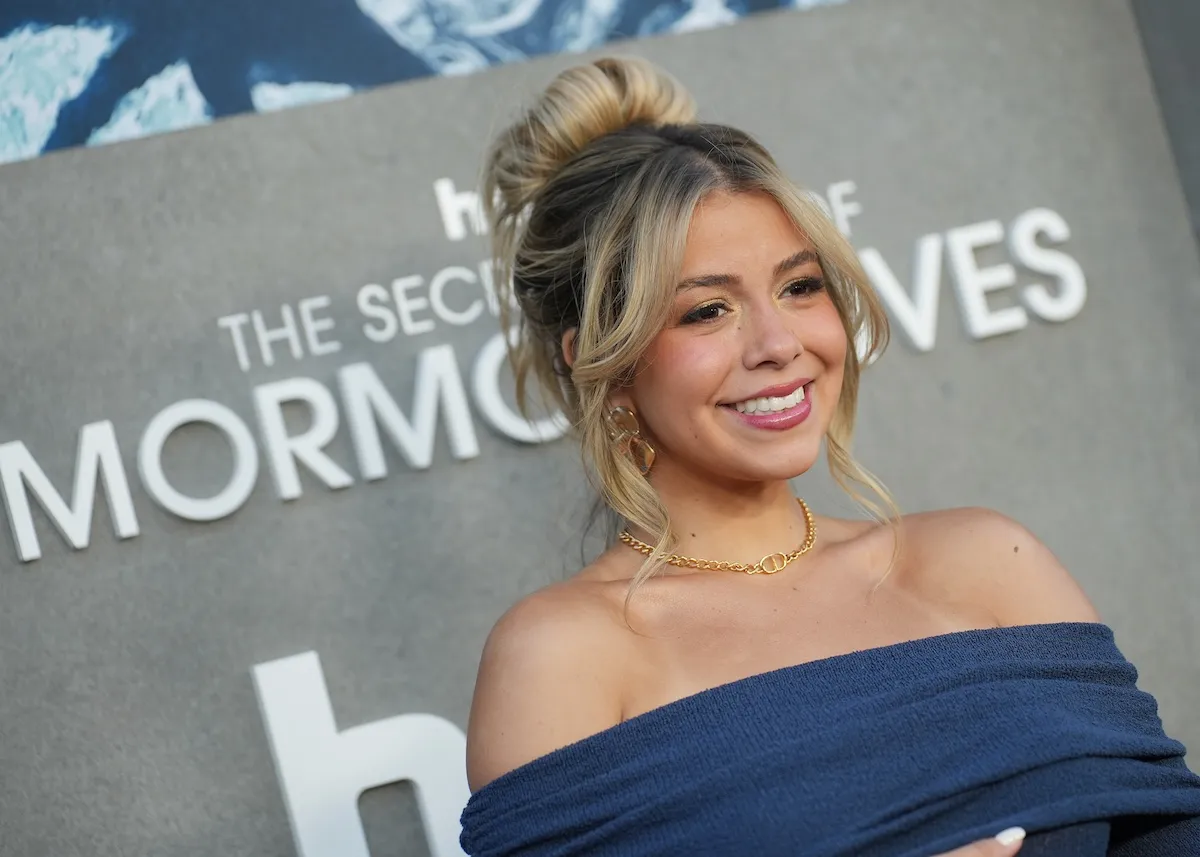Why Did The Beatles Stop Touring Years Before the Band Broke Up?
The year The Beatles broke up is burned in the minds of most fans of the Fab Four. Though there might not have been an exact day, everyone can agree it happened by spring 1970.
However, the real end of the group’s collaboration arrived the previous year. In a particularly detailed post-mortem in Rolling Stone, you find John Lennon shooting down a request by Paul McCartney to keep the band together for one last run.
“I wasn’t going to tell you, but I’m breaking the group up,” Lennon told Paul. It was September 1969.
Yet for fans who loved to see The Beatles in concert, the distancing had begun several years earlier — summer 1966, to be exact. That’s the last time anyone saw the band play multiple stops on a tour.
Decades later, the decision to stop touring only a few years after their arrival in America seems odd. But looking at the events leading up to it, you can see why The Beatles stopped playing live shows.
From Beatlemania to the ‘really bad’ ‘freak show’ of the mid-’60s
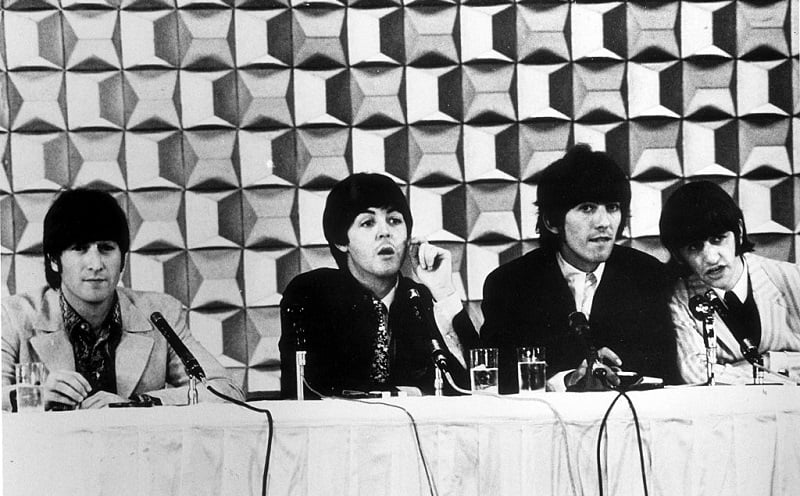
The Beatles final show came at San Francisco’s old Candlestick Park on August 29 of ’66. On the way to and from that gig, the band traveled in an armored car to ensure their safety.
However, there were no belts in the back, and Beatles were tumbling as the vehicle made its turns. Paul later described riding in the back of that car as “like some weird sci-fi thing” that seemed like it would end badly.
“What it reminded me of was … you know these rough rides that police do where they put you in the back of a van but you’re not strapped down?”
But transportation was only part of it. More importantly, the band couldn’t hear the music they were playing on stage. (There was too much screaming.) Ringo would look to see how band members were moving their bodies to find out where they were in the song.
Meanwhile, since the audience couldn’t hear him over the screaming either, Lennon would make up joke lyrics to keep himself amused. “It was just sort of a freak show,” he said. For his part, Ringo described the shows as “pretty boring” and the sound as “really bad.”
In short, the hottest band in the world was miserable on the road and got nothing out of it, creatively speaking. But the growing dangers also factored into the decision.
Security concerns from the Philippines to America’s South
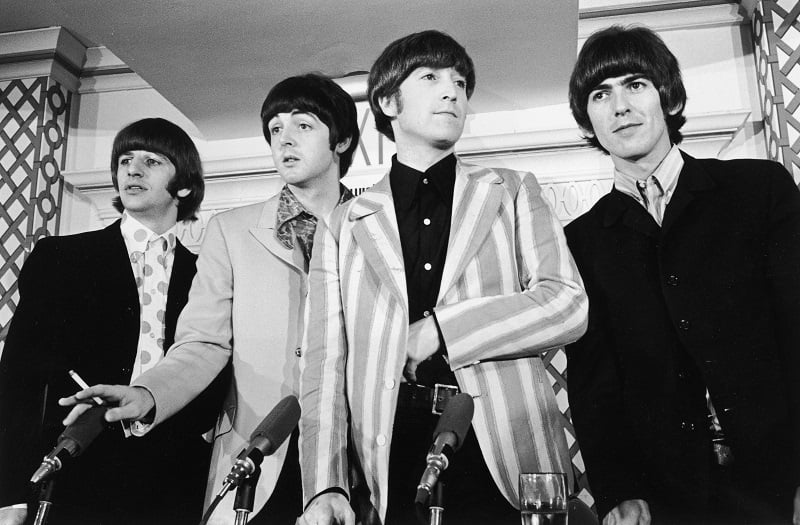
In a 2016 piece on the final Beatles show, Rolling Stone recounted the story of the group’s trip to Asia the month before (July ’66). To get out of the Philippines, the band literally had to fight off angry nationalists to exit the country safely. (They left even without their concert earnings.)
There was little relief when the band returned to America. By then, controversy over Lennon’s line about The Beatles being “more popular than Jesus” caused a scary backlash, especially in the South.
Ku Klux Klan members threatened the band directly, on television, while protesters waited at various stops along their tour to tell them how much they were offended. Lennon summed up his state of mind clearly.
“I didn’t want to tour again, especially after having been accused of crucifying Jesus when all I’d made was a flippant remark, and having to stand with the Klan outside and firecrackers going on inside,” he said. “I couldn’t take any more. “
The band’s great late run — starting with Sgt. Pepper’s Lonely Hearts Club Band — began shortly thereafter. In retrospect, it was probably a trade-off most fans would make.
Check out The Cheat Sheet on Facebook!
